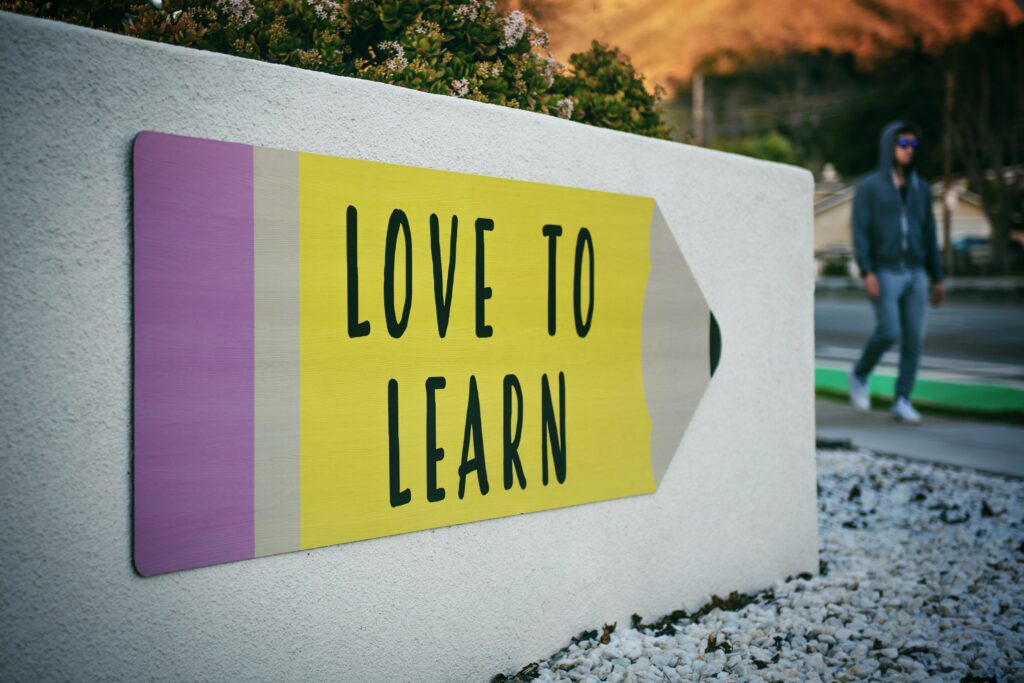
Behaviourism, cognitivism, and constructivism are three different learning theories. As a graduate of the Bachelor of Education in Elementary Curriculum program at UVic, I have heard of all three of these types of learning theories. To explain them simply, I am going to use the example of a teacher planning a new unit.
If the teacher was following the behaviourism theory of learning then they might design their lesson to include some of the following:
- Completing weekly quizzes that the teacher provides feedback on
- Having a system where if the students improve on their scores throughout the week they get a prize at the end
- Having students listen to direct instruction from the teacher, then do questions about the information in pairs, and demonstrate their learning to another pair or the teacher to obtain feedback
If the teacher was following the cognitivism theory of learning then they might design their lesson to include some of the following:
- Having whole-class discussions about new information and how it is relevant to their everyday lives or where they may have seen/heard the information before
- Use an inquiry or project-based model where students can learn about things that interest them within a certain topic or complete a project about that topic (they get to choose the mode of presentation and have to make connections to the real world)
- Have students justify their reasoning to a partner or the teacher (after being asked a question have them state their answer and then justify why they think that)
If the teacher was following the constructivism theory of learning then they might design their lesson to include some of the following:
- Use an inquiry or project-based model where students can learn about topics in their own way and the teacher facilitates where their learning is going or provides support and resources
- Have stations where the children are able to learn through play (each station can have a different way to learn… examples include using technology or play blocks or being given a prompt and talking to other students)
- Students do a project and then “state their case” to the teacher about what they learned, why it is important, and how they got to this understanding
Overall, I feel as though throughout my life I have had some teachers that stuck to one learning theory and some teachers use a variety. Overall, I have to say that I think I learned best from the teachers that used a variety of learning theories. This is because they provided multiple means of engagement and also appealed to all learning types in the classroom at that time. In my own teaching practice, I believe that I use a combination of learning theories, as not every student learns the same way nor do they always understand information using the same methods consistently.